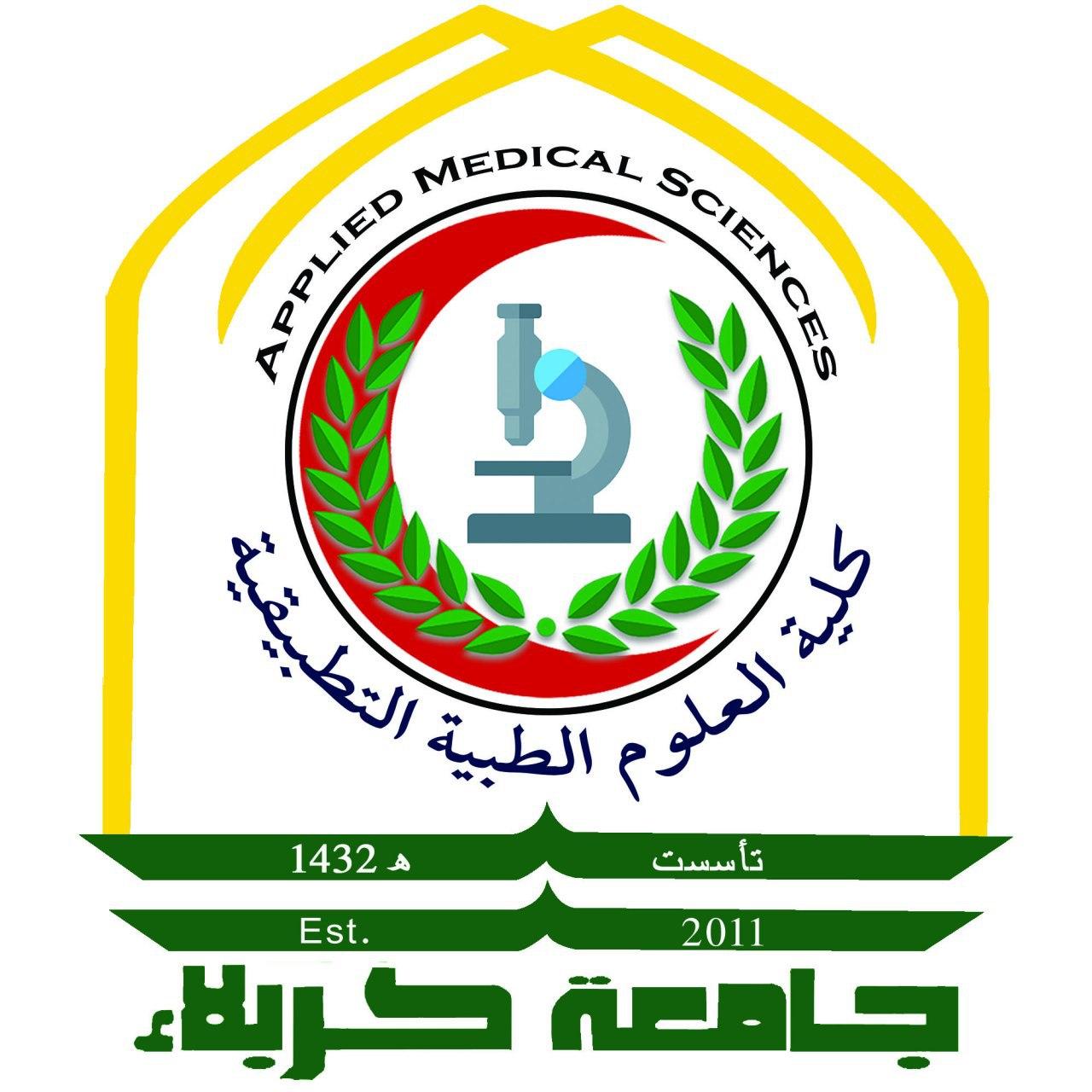An Investigation into the Type of Bacteria causing Healthcare Associated Infections (HAIs) in Hospital Departments and Areas- In Karbala
Shadha M. Abbas Al Asadi
Environmental Health Department, Applied Medical Sciences College, Karbala University, Iraq.
ABSTRACT
Objective: This paper compliments that published in Scientific Journal of Medical Research Vol. 1, Issue 2, pp 57 – 62, Spring 20171, which presented the results of an investigation at an Iraqi hospital of Healthcare Associated Infections (HAIs) in terms of total contamination data and contamination cases grouped by departments/areas. Methods: The survey was accomplished in the period from January 2015 to January 2016, and provided microbiology swipes data which identified the types of bacteria most commonly associated with HAIs. The hospital departments/area having contaminated swipes percentages more than 10% contamination were: Department of Burns 52, General Operating Theatres 42, Accident and Emergency wards 36, Kitchen 22, Orthopaedics 18, ENT 13, Urology 12. Results: The main organism identified in the most contaminated swipes was Staph. Aureus (46), followed closely by Staph. Epidermidis (42). Fungal 28, E. coli 27, Pseudomonas 27 and Streptococcus 25 were all found in similar quantities. Other isolated organisms were significantly less prevalent. This paper aims to educate about the health problems associated and or caused by the highest prevalent organisms of the aforementioned research, namely i) Staph. aureus, Staph. epidermidis and Fungal (46%, 42% and 28% respectively of total contaminated swipes). The measures that the particular hospital and other hospitals had already undertaken as common practices which are already minimizing the impacts of the building environment on nosocomial infections are reported in this paper too. Conclusion: The design of sustainable healthcare buildings, such as hospitals are important to avoid Sick Building Syndrome (SBS) and they should be seen as financial and as part of health treatments. A hospital should not be a place that people go and get sick in.
[/mhc_text][/mhc_column][/mhc_row][/mhc_section]





























































